On This Day…May 20th.
On May 20th, 1927, Charles Lindbergh took off from Roosevelt Field in New York, bound for Paris and a place in the history books. The flight and the man are the stuff of legend, his deeds famous and infamous in equal proportion.
On the transatlantic flight, Lindbergh suffered through extreme cold, fog, extremes of altitude (from skimming the wave tops to flying at 10,000 feet to escape storm clouds), sleep deprivation, mechanical challenges, and buffeting winds. He navigated purely by intuition and dead reckoning.
On his arrival in Paris shortly after 10pm on May 21st saw the 25 year old Lindbergh cause the biggest crowds in French history as an estimated 150,000 Parisians flooded the fields and roads to celebrate his achievement. It was a scene to which he’d become familiar across the world.
Five years after ‘the flight’ Lindbergh’s son, Charles Jr. was kidnapped and although a $50,000 ransomed was paid, the 20 month old boy was found dead in woods nearby to the family home.
After Pearl Harbour Lindbergh sought a commission with USAAF. After this was rejected he worked as a consultant on several projects relating to war planes and ‘found’ himself in the Pacific theatre, flying more than 50 sorties as a consulting civilian (he had already made game changing modifications to Corsair and Lightning operational procedures).
Personally, he was a controversial and complex man. His views on race and ethnicity were ‘ambiguous’ and he fathered five children to two German sisters and two further children with his personal secretary, unknown in his lifetime to his wife and family.
In his later life, Lindbergh developed a prescient interest in the environment and man’s negative impact on the planet. He campaigned for animal and human rights throughout his latter years living in Hawaii.
(The ‘Spirit of St Louis’ as interpreted by iModeler’s own Morne Meyer @mornem )
Exactly five years after Charles Lindbergh’s flight, on 20th May, 1932, aviatrix Amelia Earhart took off from Harbor Grace, Newfoundland, on her own historic solo flight.
Her airplane (Earhart called it her “little red bush) was a modified single-engine Lockheed Vega 5b, painted bright red. Earhart’s plan, like Lindbergh, was also to fly to Paris, but (in many ways reflecting Lindbergh’s experiences) following the failure of her altimeter, encountering atrocious weather (including heavy icing and fog), a fuel leak, and a damaged exhaust manifold, Earhart landed in a field at Culmore, Northern Ireland.
On landing, Amelia cut the engines and asked a lone farmer, Danny McCallion, “where
am I ?” - to which he gave the only reply an Irishman could, “you are in Gallagher’s pasture, have you come far?”
The distance flown was 2,026 miles (3,260.5 kilometers) and her elapsed time was 14 hours, 56 minutes.
Although Amelia didn’t quite make it all the way to Paris, she was the first woman—and only the second person (after Charles Lindbergh) to fly solo across the Atlantic Ocean.
By May 20th, 1940, the German Army had marched across France and had now reached the English Channel.
A damaged SB2C-1C (of VB-15) returns to USS Essex (CV-9) after a raid on Marcus Island on May 20th, 1944.
May 20th, 1941, and Germany invade Crete with a massive paratrooper drop, ‘Operation Mercury’. Although initial losses were high, their complete control of the sky meant that they were able to defeat the British and Greek forces in the course of a little more than a week.
On the same day, Oberleutnant Karl Heinz Becker, commander of 11./FJ Reg.1 enjoying a quiet moment at Heraklion airfield, Crete. May 20th, 1941.
.The U.S. Navy light cruiser USS Montpelier (CL-57) enters Havannah Harbor, New Hebrides, as seen from USS Columbia (CL-56) on 22 April 1943.
From ‘James J. Fahey; Pacific War Diary, 1942-1945: The Secret Diary of an American Sailor.
I like to subtitle this, “...and they call this practice...”
Saturday, May 20, 1944:
“Arose at 4:30 A.M. We left Munda at 5:50 A.M. We will travel to Bougainville for more gunnery exercises against pillboxes. On the way to our destination, Captain Hoffman spoke to the crew, saying that our targets will be live. There are still japs on the end of the island that we will be shooting at. Shore batteries are reported there by a destroyer that was passing when the guns opened up on it.”
The Captain believed that the japs there were being supplied by enemy submarines. This will be only classified as a practice run but return fire by the Japs is anticipated. We got quite a kick out of the Captain’s phraseology. Having six inch shells being fired at us by the enemy, and they rate it practice. Planes will spot for us, informing us of our accuracy. We will have four destroyers and the cruisers Cleveland and Birmingham with us.”
“Arriving at 10 A.M., we commenced firing at 10:35 A.M. The Jap shore batteries on the beach returned the fire quickly after. Their guns were stationed on top of a hill. Their guns that were firing at us were the big 8 inch variety. Our largest caliber was the 6 inch. Our run on Bougainville was commencing as our starboard guns opened fire.”
“On returning fire, the port guns were brought into action. The first ship to be fired at by the enemy shore batteries, was the cruiser Cleveland. I was at my battle station on the 40 mm. machine gun mount and the Admiral and Captain were just above me on the bridge. As I looked to the rear, I saw big geysers of water, rising all around the cruiser Cleveland. It was a miracle that it was not hit.”
“At first we took it as a joke, but then got very serious because we knew that our turn would come to be fired on by the big Jap guns. Cruisers make a very big target in the daytime, they are over six hundred feet long. While we were on our way in to hit the japs; they opened up on us.”
“They must have had us in their sights, because their big 8 inch shells began to explode all around us and fly through the mast, they could not have come any closer without hitting us. In the meantime our guns were blazing away but the Japs were in a very dfficult spot for us to hit, behind a hill.”
“We could not get any closer to the Japs, because it would be suicide. We could see the big flashes from their guns as they kept up a steady fire with their 8 inch guns against our six inch guns. The jap shells sent big sprays of water up into the air just in front of my mount and one of the 20 mm. gun mounts up forward on the bow was knocked out by shrap nel, as it sprayed the ship with big chunks of red hot steel.”
“Some of the wounded were carried to the crew’s lounge, it is a battle dressing station. One Marine named Darling had a big piece of shrapnel go through his helmet and out the other side. When they picked up his helmet part of his scalp was still in it. One fel- low almost went insane with the pain, and he was going to jump over the side.”
“Blood and hair was splattered over the deck. Some had to have transfusions. One of the fellows will not be able to have the shrapnel removed until his wound is healed, then he will be operated on. They have to wait until the artery is healed. Another fellow’s leg was a mess. Another received a notice today, saying that he would be transferred to the States, and he also got hit.”
“It was a lucky break that one of the fellows had his life jacket on, because it was full of shrapnel. If our ship was going a little faster the Admiral and Captain would have got it and we are very close to them. You hold your breath when you see the Jap guns fire at you and then wait to see if they hit you.”
“They could not come any closer without hitting us. It does not feel very good to see 8 inch shells falling all around you and you have no place to hide. One of the fellows dove for the deck when he heard the shells close by explode and an officer dove on top of him, we got a kick out of it. A piece of shrapnel about six by six almost hit Gallagher, and he had to pick it up with his hat because it was so hot.”
“When shrapnel hits thick steel it bounces around. The anchor chain which is about as thick as a football was almost cut in half. Someone said the Cleveland also got hit. If the Japs ever hit us with direct hits, they would have done an awful lot of damage and you do not know what it might have led to, it could have sunk us.”
“The japs didn’t interfere with our “practice,” because we stayed here for two hours firing at them. The Japs did not stop us from carrying out our plans. The Japs’ firing was terriffic and they are supposed to be starving. I would hate to run into them on full stomachs.”
“The Japs also had anti-aircraft guns on the shore and they opened up on our planes when they were spotting for us. It was like a hornets’ nest over there. I don’t blame our troops on shore for leaving them alone where they can do no harm to anyone.”
“Our ship knocked out the Jap radio tower and some anti-aircraft guns, we also helped knock out some of the big shore batteries. The cruiser Cleveland fired over a thousand rounds of six inch shells not to mention what the rest of us fired. The Japs must have thought they were at a shooting gallery firing these big 8 inch guns at us and shell and shrapnel falling all around us. Those Japs have plenty of guts, they are not afraid of anything.”
“This was a good old fashion slugfest, with no quarter given by either side. No one was brokenhearted when we finally left, and they call this practice.”
Vought F4U 4 Corsair VF-6B (White 14) aboard CV 43-USS Coral Sea on 20th May, 1948.
Focke Wulf Fw 190A II.SKG10 (R9+) Heinz Erhardt WNr 843-force landed RAF Manston, England, May 20th, 1943.
May 20, 1944 the B-24 bomber 'Puck' took off on a sea sweep mission under leadership of the pilot, Donald Richardson. The plane (#42-73317) and crew disappeared. The crew were:
1st Lt. Donald G. Richardson, Pilot
1st Lt. Frank L. Munson, Co-pilot
1st Lt. James P. ‘Jim' Gilbert, Navigator
1st Lt. Linus J. Austin, Bombardier
TSgt. Cecil L. Olson, Radio Operator
SSgt. Arthur Regal, Asst Radio Operator
TSgt. Harold W. ‘H.W.' Case, Engineer
Cpl. Jordan L. Daley, Asst Engineer (not shown in image above)
Cpl. Walter S. Polchlopek, Gunner/Armorer
SSgt. Clifford T. Hamilton, Gunner/Armorer
1st Lt. Russell T. Breckenridge, Sq S-2 Officer (not shown in image above)
Originally Sgt. Pasquale 'Patsy' Gerrone (kneeling second from left in front row in image above) was to be on that flight, but was grounded by the flight surgeon because of illness that day, and so became the only survivor of the original crew. After the war, he corresponded with Elora, the wife and now widow of fellow machine gunner from the crew, Clifford Hamilton. The two men had been best friends, and ‘Patsy’ had attended the earlier wedding of Clifford and Elora in Ft. Hood, Texas.
On June 22, 1946, Patsy and Elora married, and together they raised Hamilton's then fatherless daughter, and went on to have four additional sons of their own.
The plane was nicknamed "Puck" by co-pilot Frank Munson and was named for Shakespeare's mischievous elf in “A Mid Summer’s Night Dream” - a play with the notable quote, “My soul is in the sky”.
The six inch gun turrets of the HMS Kenya taken from the quarterdeck as the battleship speeds through a ‘choppy’ sea. May 20th, 1943.
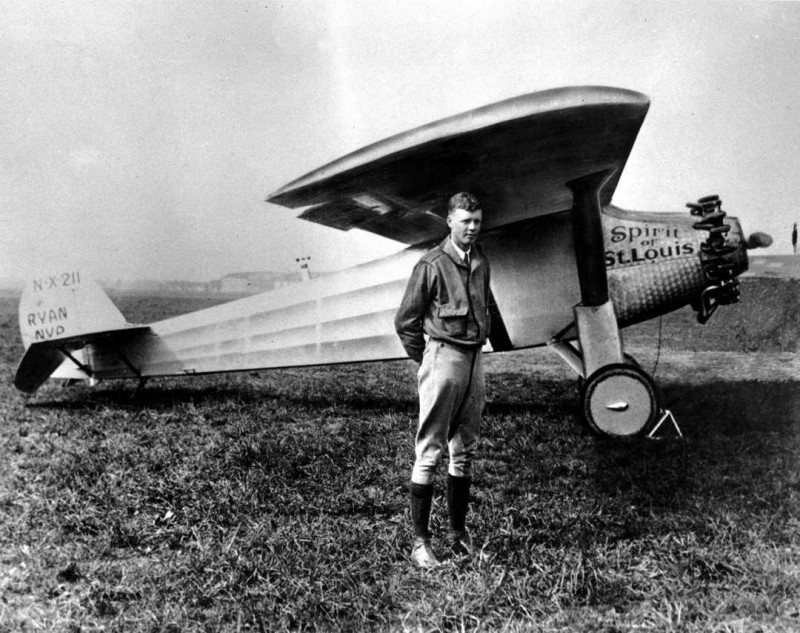
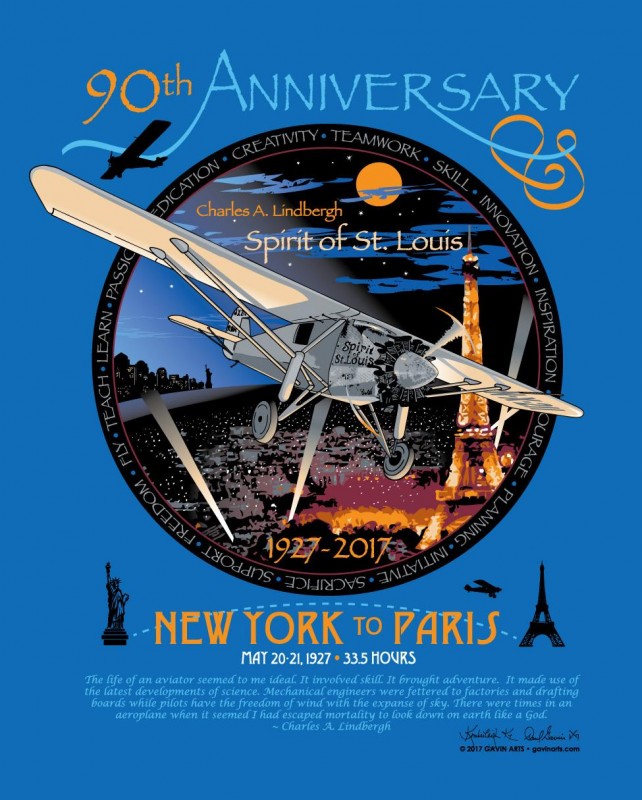
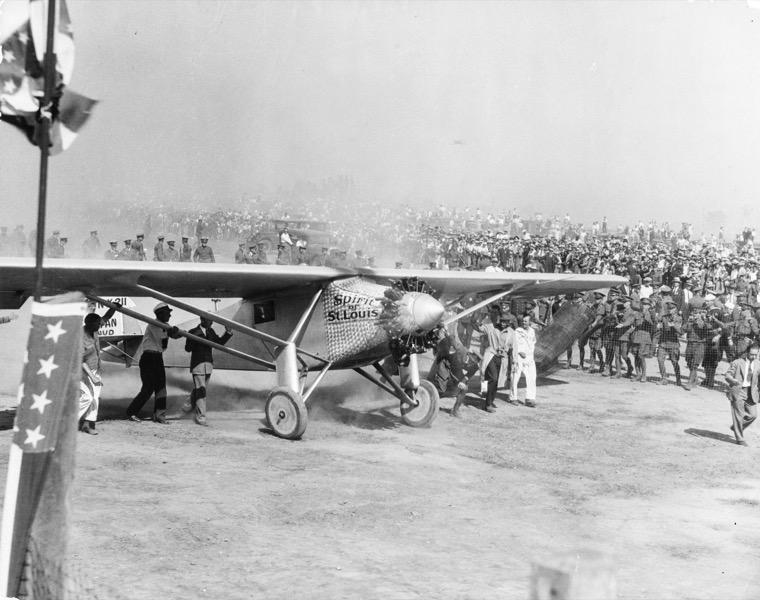
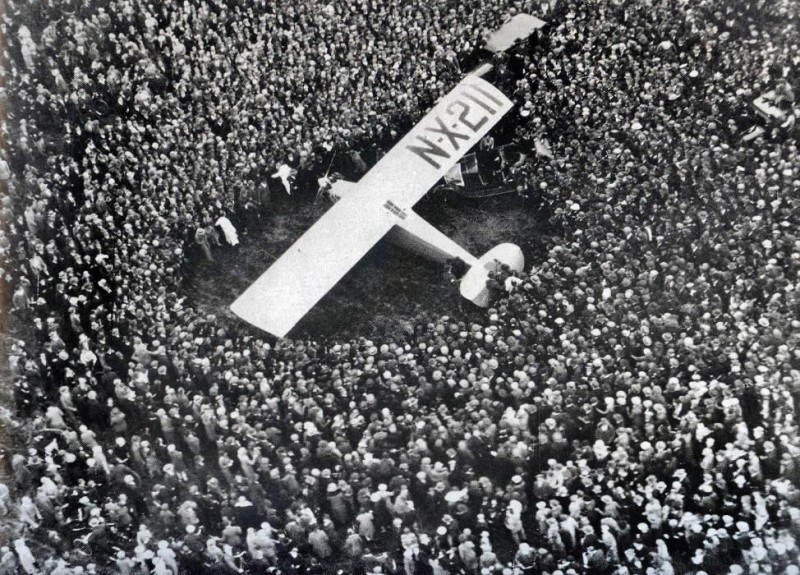
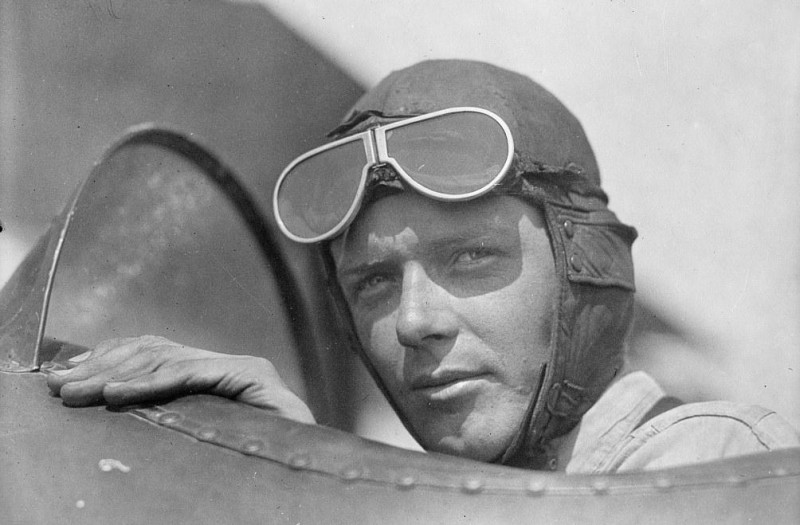

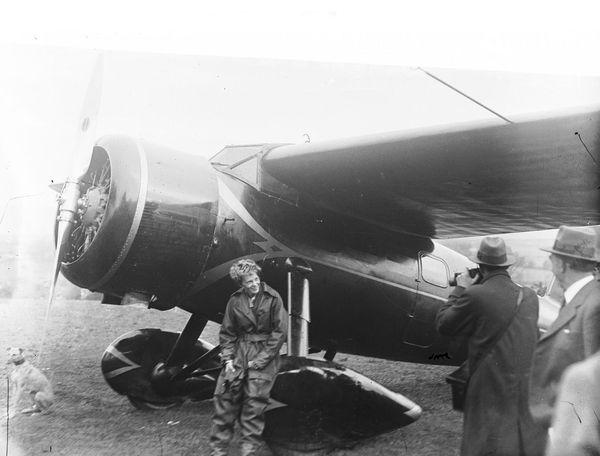
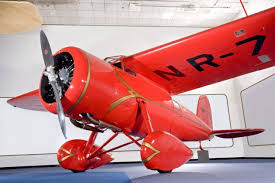

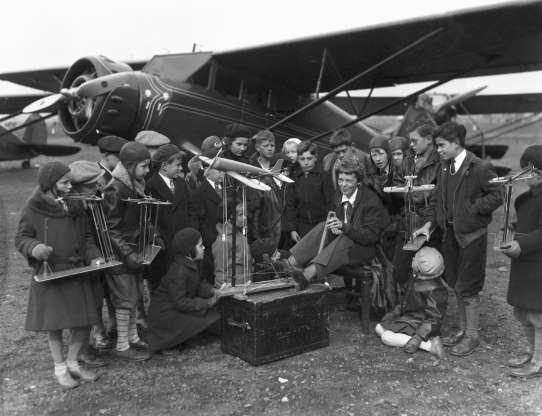
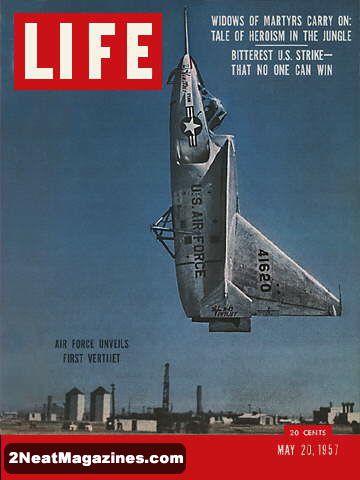
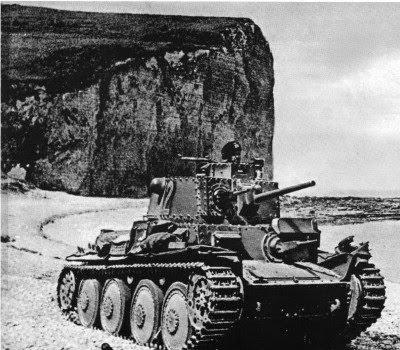
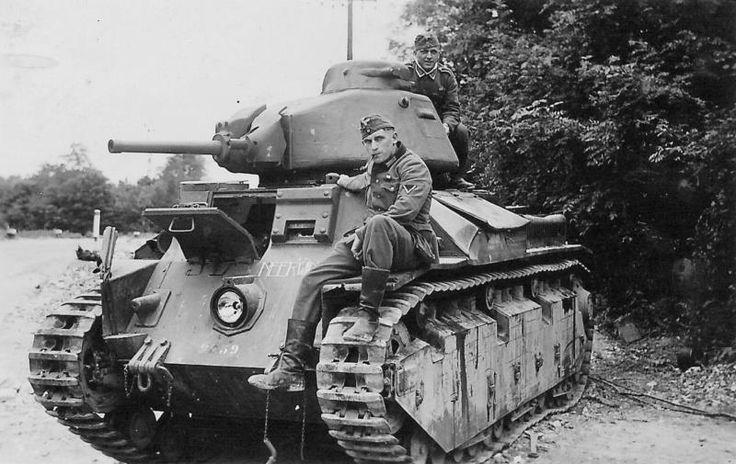
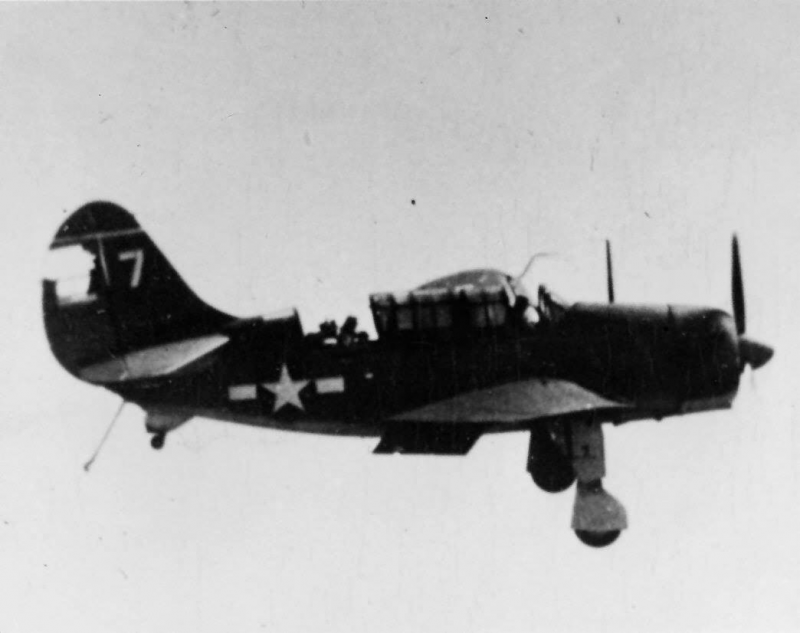


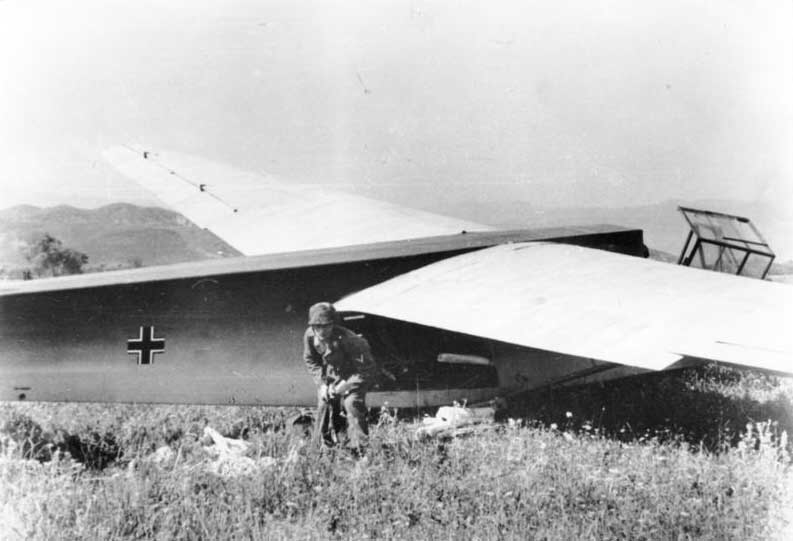
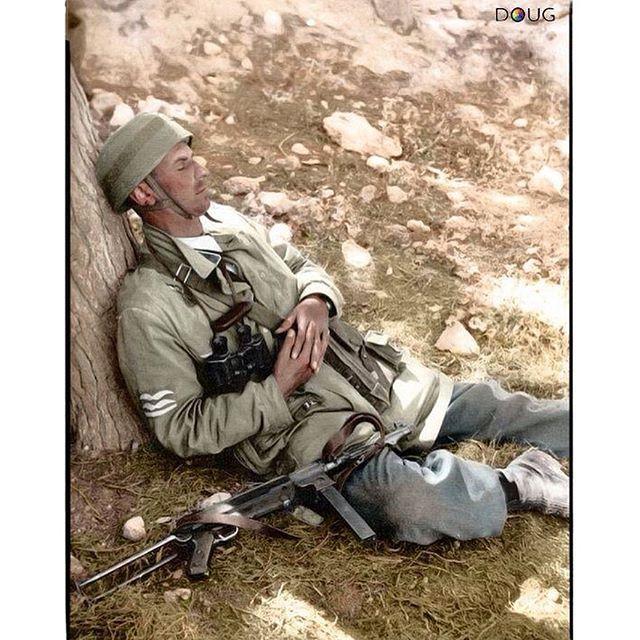
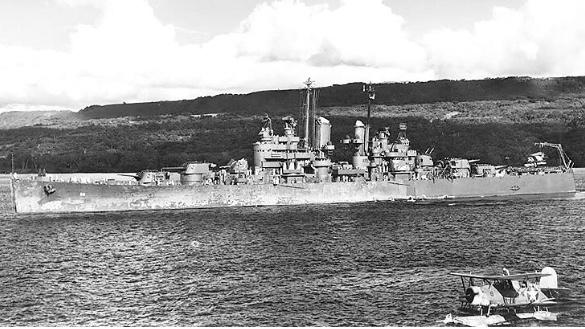


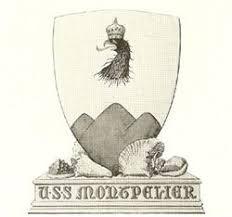
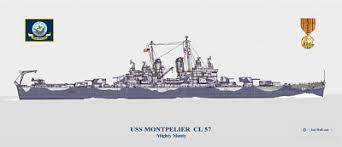
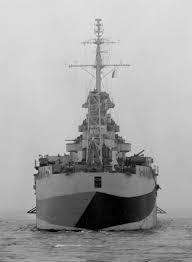
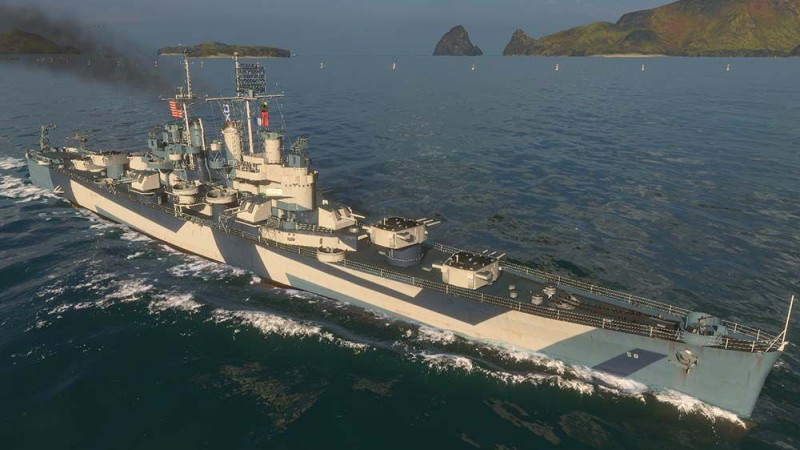
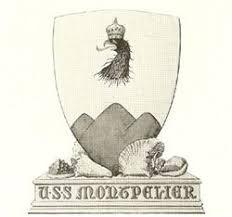

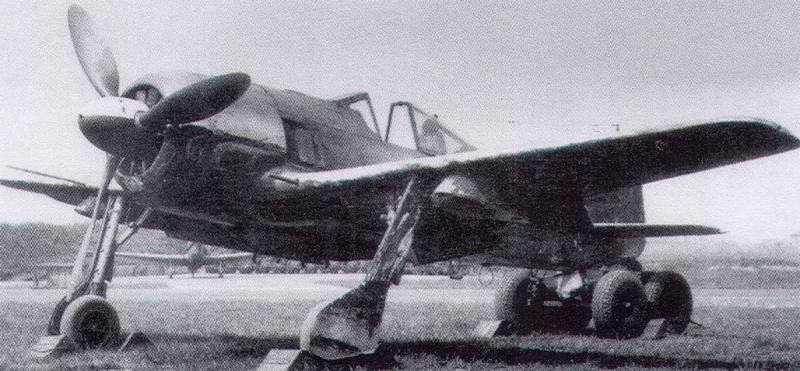
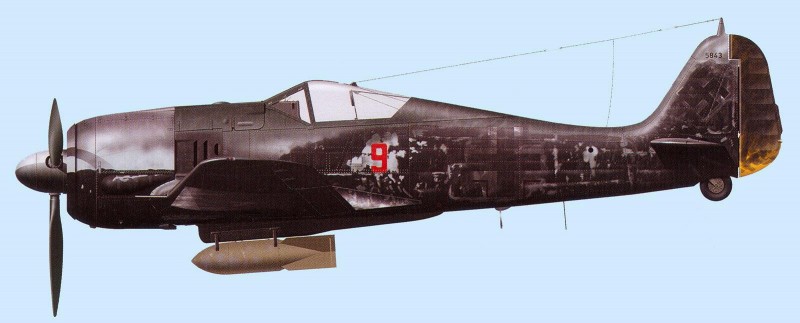
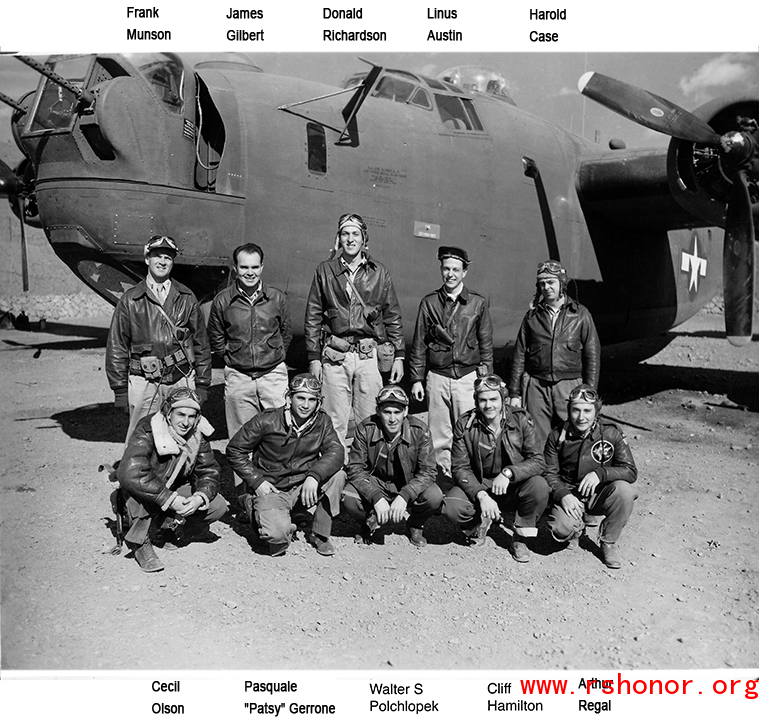
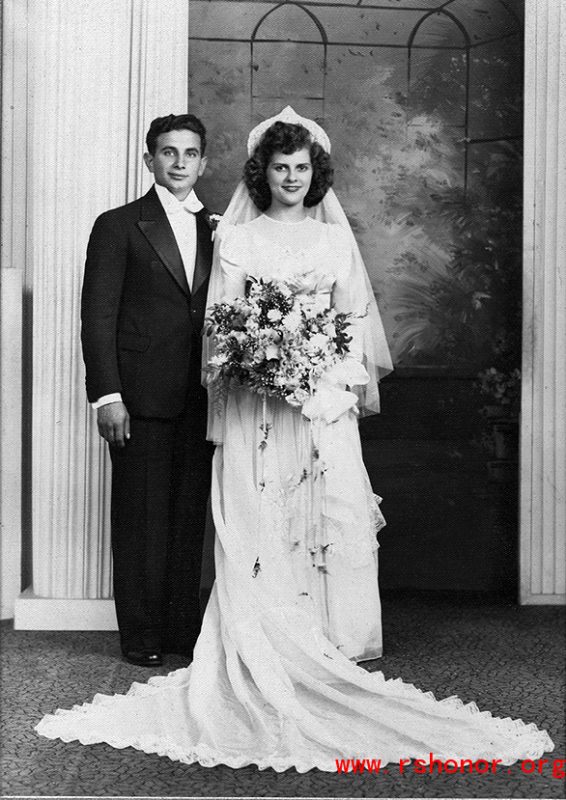
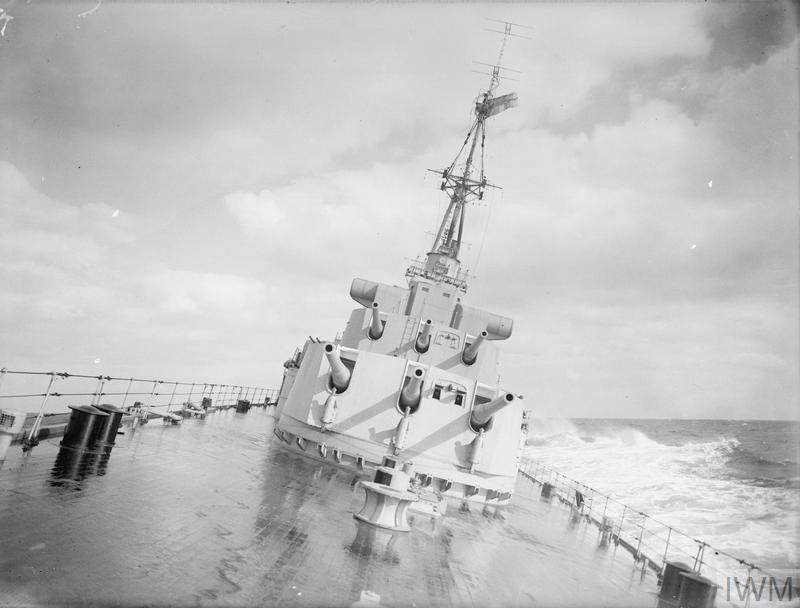
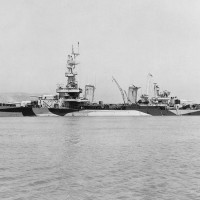
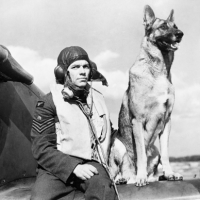
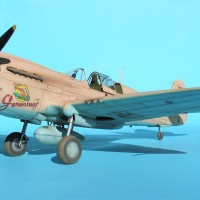
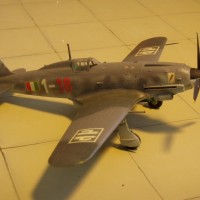

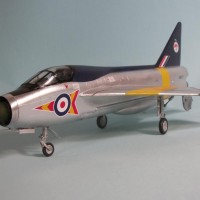
As usual, another great post from David.
But today we're having some photos in the wrong place, don't we?
Ah, Manuel. All fixed up now - some editing problems on a juddering, shaky train.
@magrus
even better now! Thank you, Sir!
You are very welcome. And thanks for having a look.
The SB2C-1C of VB-15 was flown by Lt(jg) "Beanbag Barney" Barnwitz, and was one of two dive bombers hit that day, the other didn't come back, becoming AG-15's first casualties. CAG David McCampbell almost didn't come back either, being hit by flak and having the rear of his Hellcat "Monsoon Maiden" chewed up. He had to "shake" the plane to get the tailhood down, then landed last in case of a crash. The plane was put over the side after the instruments were pulled from the panel.
Another great post, David. I love the shot of the HMS Kenya, which is downright frameable. Love the damaged Helldiver, too.
Shameless plug here: If you look in the upper corner of the Life magazine cover, you see the interest headline "Widows of Martyrs Carry On: Tale of Heroism in the Jungle." That's a reference to the backstory of a build I presented some time back here on iModeler...https://imodeler.com/2018/01/the-wooden-bee-and-the-story-fo-the-auca-five/
Thanks for sharing this David. I left a message on the 'wooden bee' site - what a co-incidence, and I'm glad it gave me the opportunity to read about this frankly incredible stroy.
Thanks.
A great set, David. Here's one the Spirit's sister ships, at the Cradle of Aviation Museum L.I. NY.
1 attached image. Click to enlarge.
On this day in 1977, T-10-1, first Su-27 prototype, piloted by test pilot Vladimir Sergeyevich Ilyushin (son of the famous constructor), took to the air for the first time.
Thanks, Sebastijan. Perfect addition to the thread and much appreciated.
@inflames
the resting fallschirmjager was magnificent as was mornes spirit of St. louis
Ironically, also “on this day” in 1937, Amelia Earhart left the airport with Fred Noonan at Oakland CA for the first leg of the second (and their last) attempt to fly around the world.
Her first stop on this attempt would be another California Airport, landing in Burbank after traveling 283 miles.
The original attempt ended in a near disaster with the Lockheed Electra being damaged after an unsuccessful take off attempt from Luke Field / Ford Island at Pearl Harbor on March 20th earlier this year.
Some witnesses stated the Electra suffered a right side main landing gear tire blowout on the takeoff run, others said the right side landing gear collapsed ... There were even a few people who said it was due to “pilot error”, one of whom was her own “technical advisor” Paul Mantz.
Either way it took almost two months for the repairs to be done on the Lockheed before the second attempt was made.
The plane was shipped literally from Hawaii to the Lockheed plant at Burbank for factory repairs.
And her @#$%$! husband, publisher George Putnam, wouldn't let Mantz replace the 200-foot trailing wire antenna that had been broken off. "Not enough time, she's got a schedule to keep" the old pig said. And thus, no one could hear her radio, which would have been loud and clear with the antenna, she'd have heard them, and made it to Howland Island.
My understanding on why the trailing antenna was deleted is different from what you mentioned.
From what I have seen on various documentaries and online sources state that Amelia personally decided not to carry the antenna. The combination of reel and wire was heavy and she thought it was better to have more fuel allowance and less total weight to increase the range of the Electra.
This is the first time I have heard anything about her husband not allowing her to keep it.
Awesome stories and photos as usual. I am honoured to have my 1/48 Spirit of St. Louis included! Lindbergh was such a gifted pilot and controversial figure that he was a true larger than life hero.